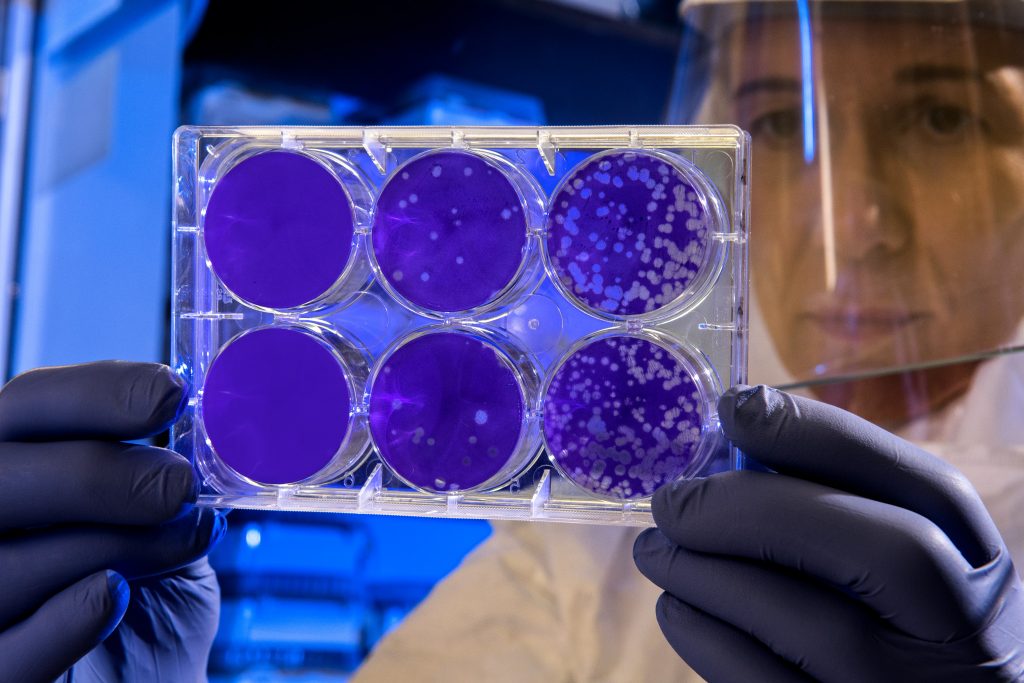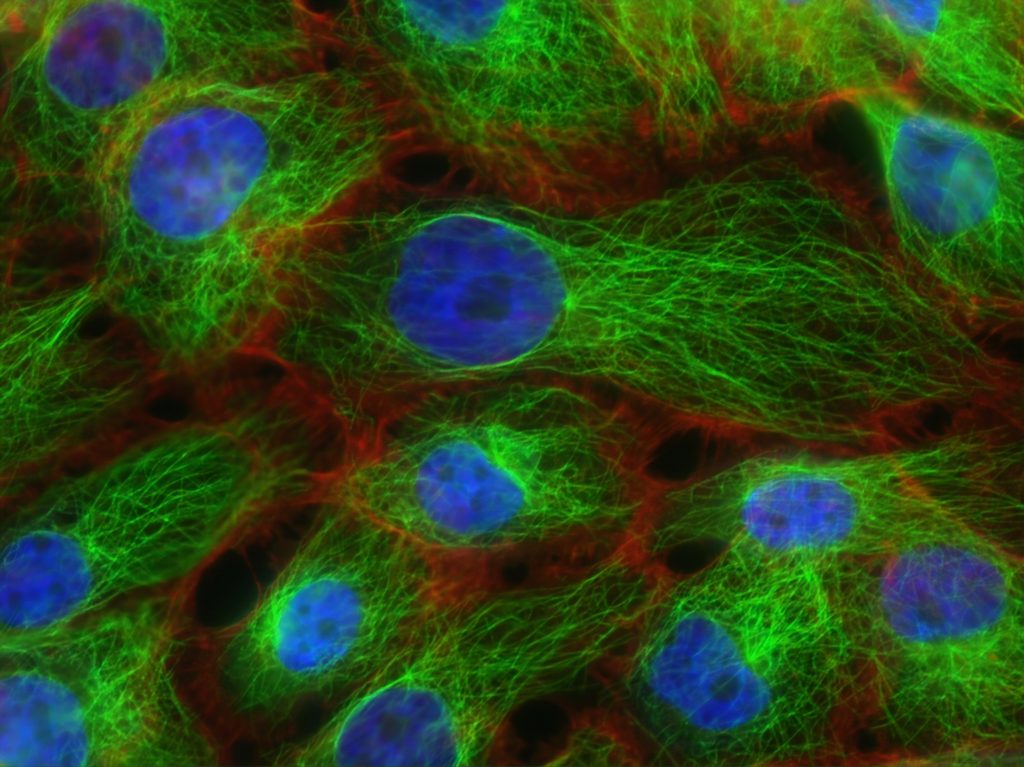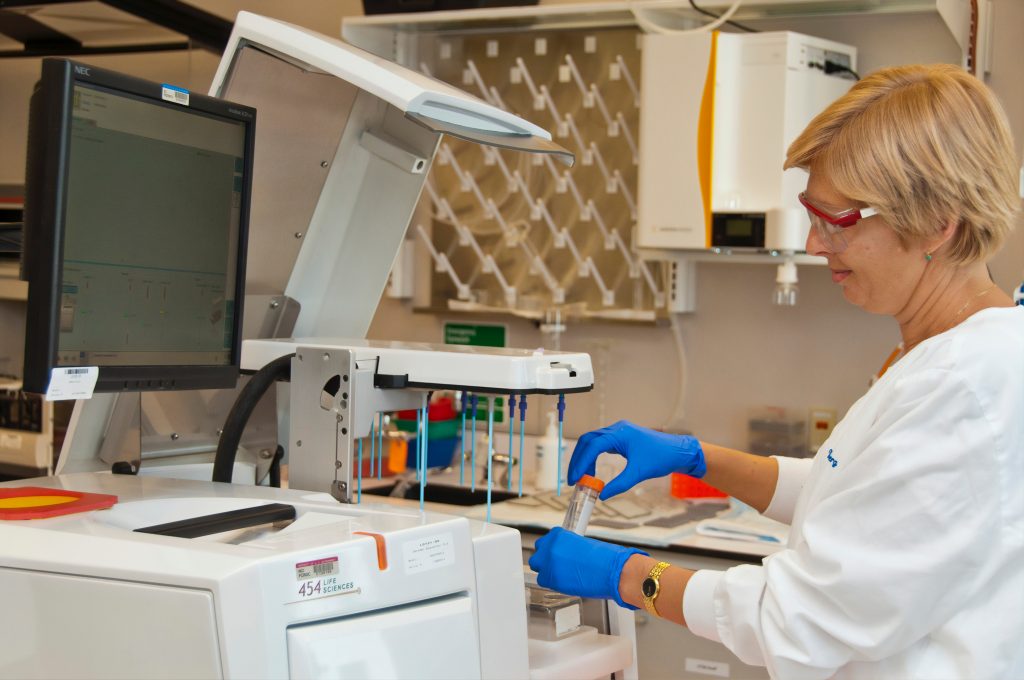Calcium Flux Assay: A Brief Guide

What Is It?
A calcium flux assay kit allows you to detect intracellular calcium mobilisation in cells. It uses a dye, Fluo-8, that can cross the cell membrane and be converted into a fluorescent dye. The binding of calcium increases Fluo-8’s fluorescence. The fluorescent dye is a powerful indicator of cellular calcium in the cell. It can also be used in the presence of complete culture media. The use of the Fluo-8 Cascade Assay kit eliminates the need for a wash kit and is preferred when using weakly adherent cell lines.
How Does It Work?
In the calcium flux assay, a fluorescent dye is loaded into a PathHunter cell line. The cells are stimulated by a stimulus and reacted to the addition of the fluorescent dye. The fluorescence of the cell responds to the addition of calcium. The calcium flux rate and peak time are quantified by measuring the fluorescence. This method is suitable for analysing calcium flux rate. It is easy to use and has several advantages.

Benefits Of A Calcium Flux Assay
The fluorescent calcium flux assay is an ideal choice for calcium-binding cells. Its sensitivity makes it a convenient tool for high-throughput screening. It can also be used in the HTS screening method.
The best way to use this assay is to combine it with other assays. These will help you find the most effective drugs faster. It is important to note that the two methods are not the same. The fluo-8 is the only fluorescent marker used in a study.
This assay is known to be easy to carry out and eliminates the need for a wash kit which is often needed for other methods.
It can give a deeper insight to overall health and in-depth examination of the cell layer thickness.
It is compatible with FLIPR, FDSS, BMG NOVOstar, and ViewLux. This method minimizes the effect of dye leakage and uneven loading, making it more reliable than the latter
What Is The Purpose?
The purpose of a calcium flux assay is to monitor and examine an activation of a GPCR via Gq messenger in a cell. This is possible due to the dye that is inserted. It is often used for clinical diagnostics and can give an informative testing result for calcium in the body and cells. It determines the total calcium volume and concentration in a variety of samples. It is widely used in neuroscience research and is an effective, reliable technique.


